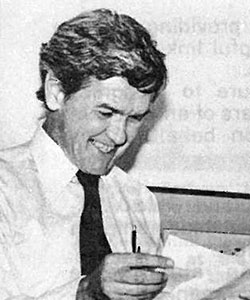With the right choice of words and strategic phrases, you can trigger a customer to take action—whether it's making a purchase, contacting you, or scheduling a meeting.
Visualize and Inspire
Help your customers envision themselves using your product or experiencing the benefits it offers. By engaging their senses and painting a vivid picture, you make the connection between your product and their desires even stronger. Engage their imaginations,
Poke Their Pain Points
Start by addressing the problems your customers face and highlighting the symptoms they experience. By connecting with their emotions, you can position your product as the ultimate solution, leading them to take action. Empathy can create a bond.
Embrace Urgency
Create a time-limited offer or exclusive deal that compels readers to act swiftly. By introducing a sense of urgency, you tap into the fear of missing out (FOMO) and motivate customers to seize the opportunity before it's gone. Time can motivate a decision.
Create a Common Enemy
Tap into the human desire for belonging and unity. Identify a common enemy or challenge, allowing your readers to rally behind your brand. Building trust and loyalty is easier when you share a common cause. People feel comfortable with people like themselves.
Social Proof is Key
Use the power of testimonials, reviews, and endorsements to build trust and credibility. Showcasing real-life experiences and positive feedback from satisfied customers reassures potential buyers, making them more inclined to take action. People trust recommendations from other people who have nothing to gain from the transaction.
Embrace the Yin and Yang
Balance positive and negative messaging to evoke specific emotions in your audience. Address their pain points while also highlighting the benefits and positive experiences your product offers. Find sweet spot without pushing too hard in either direction.
Activate Your Copy
Infuse your copy with energy by using active voice instead of passive voice. Active sentences are more persuasive and enhance processing fluency. Once you have their attention and interest, keep the momentum going.
Scarcity Sells
Highlight limited availability or low stock to create a sense of scarcity. By conveying that your product is in high demand or running out fast, you trigger the fear of missing out (FOMO again) and drive customers to take action. People like to win by getting something that is unavailable to others (in this case, those who waited too long).
Paint a Bright Future
These 9 psychological components can help you create copy that converts. Remember to always keep your audience in mind, understand what motivates them, and craft your words accordingly. Use psychology to help them make a good decision: choosing the product/service you are offering.Help readers visualize the positive outcomes they'll experience by using your product or service. By projecting a compelling future scenario, you inspire them to take action and make their desired outcome a reality.






















